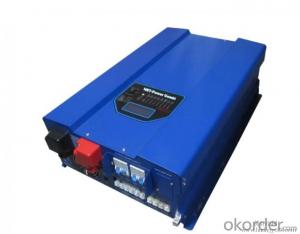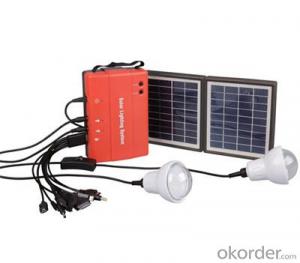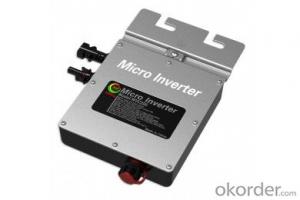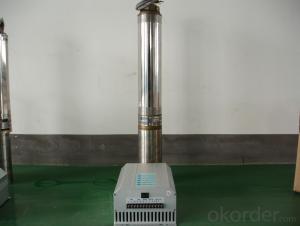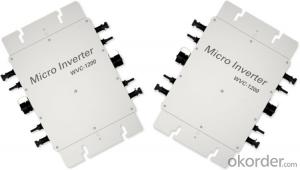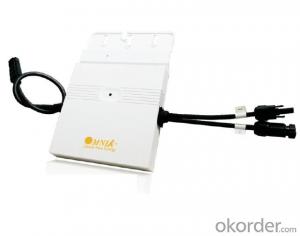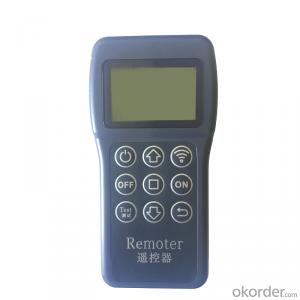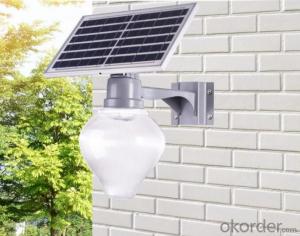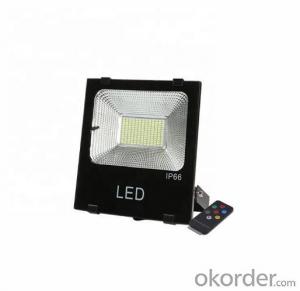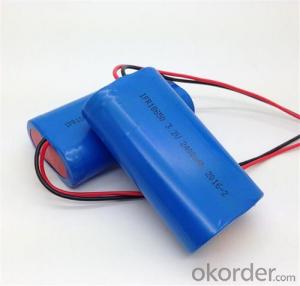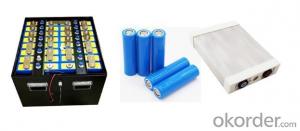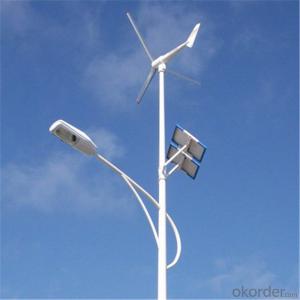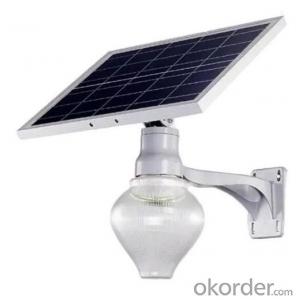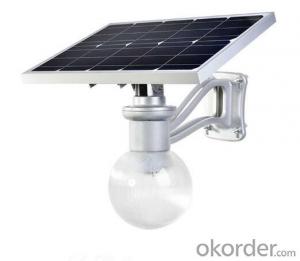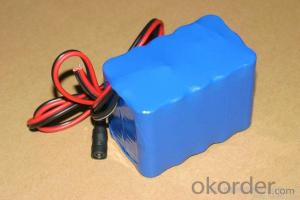Micro Inverter Solar
Micro Inverter Solar Related Searches
Micro Solar Inverter Solar Micro Inverter Micro Inverter Solar System Micro Inverter Solar Panel Micro Inverter Solar Kit Solar Smart Micro Inverter Inverter Solar Solar Cell Micro Inverter Mini Inverter Solar Solar Micro Inverter System Solar Panel Micro Inverter Solar Mini Inverter Microtek Solar Inverter Solar Solar Inverter Small Solar Inverter Solar Inverter Mini Solar Panels Micro Inverter Microgrid Solar Inverter Power Inverter Solar Smart Inverter Solar Mini Solar Inverter Solar Small Inverter Micro Inverter For Solar Panel Solar Enphase Micro Inverter Cheap Solar Micro Inverter Lg Solar Micro Inverter Hybrid Inverter Solar Inverter Solar Cell Tesla Solar Micro Inverter Solar Inverter MakroMicro Inverter Solar Supplier & Manufacturer from China
Micro Inverter Solar products are a type of solar power system that utilize microinverters to convert the direct current (DC) generated by solar panels into alternating current (AC). These systems offer several advantages over traditional string inverters, such as improved efficiency, easier installation, and better monitoring capabilities.Micro Inverter Solar systems are widely used in residential, commercial, and industrial settings where solar power generation is desired. They are particularly beneficial in situations where shading or orientation issues may affect the performance of traditional string inverters. The individual conversion of DC to AC for each solar panel allows for maximum power output, even when some panels are partially shaded or facing different directions.
Okorder.com is a leading wholesale supplier of Micro Inverter Solar products, offering a vast inventory to cater to the needs of various customers. With a commitment to quality and customer satisfaction, Okorder.com ensures that the Micro Inverter Solar products they provide are reliable and efficient, meeting the high standards of the solar energy industry.
Hot Products






